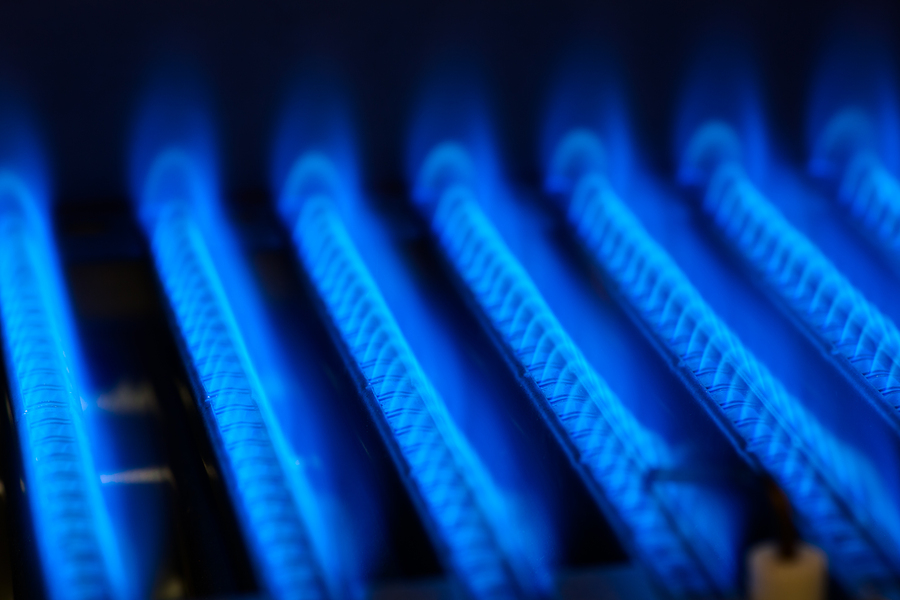The 800-Pound Gorilla: Natural Gas Combustion
Most Minnesotans heat with natural gas. This needs to change if we're going to solve the climate crisis.

This article is Part 1 of our ongoing series: The Ultimate Guide to Low-Carbon Heating in Minnesota.
Natural gas dominates the heating market in Minnesota, powering two-thirds of the homes in our state. It’s cheap to install, cheap to run, and up until recently was viewed as one of the cleanest ways to heat your home.
There are two different types of gas equipment: traditional furnaces, which are about 80% efficient, and condensing furnaces, which can be 95% efficient or more. The higher-efficiency condensing equipment is more expensive to purchase and install, but saves money on fuel usage.
But even with high-efficiency equipment, natural gas is fundamentally a high-carbon source of heat. We’re including it in this guide (along with its cousins propane and heating oil) because they dominate today’s heating market. And as we’ll see in future articles, there is still a place for a small amount of these fossil fuels in a low-carbon heating industry.
Environmental Impact
Over the past several years, natural gas has decisively lost its status as the cleanest heat source. Growth in renewable energy has made electricity much cleaner, and advances in heat pump technology have made electric heat more efficient. Natural gas, meanwhile, is forever stuck in the last century: its CO2 emissions – 53kg/MMBtu – are dictated by the laws of chemistry, and modern equipment is already so efficient that there’s little room for improvement.
We are also developing a better understanding of the climate problems created by natural gas before it even reaches anybody’s home. These are called “upstream emissions”, and they are a problem for all fossil fuels. For natural gas, extraction (via fracking) and transmission (via pipelines) leak a massive amount of methane, which is a far more potent greenhouse gas than CO2.

A fracked oil and gas well.
The exact methane leakage numbers are in dispute, but estimates range from 8-32kg/MMBtu of CO2-equivalent (in this guide, we use 16kg). Either way, it’s clear that the overall climate impact of natural gas is greater than anybody realized 10 years ago.
The bottom line: it is critical for the climate that we start using less natural gas as soon as possible.
Costs
The biggest benefit of natural gas is that it is extremely cheap. Installation costs are also very low, thanks to a large competitive market for gas equipment and technicians.
A typical high-efficiency furnace in Minnesota will cost around $490/year to operate, while a standard-efficiency unit costs a bit more at $580/year. According to Centerpoint Energy, you can expect to pay $3,700 for a standard furnace or $4,900 for a high-efficiency unit.
Overall Ratings
Here are our overall ratings for the two types of natural gas equipment:
Next: Off the Gas Grid: Propane and Heating Oil.
About 2040 Energy
We are building RenewaBoiler — the first cold-climate heat pump designed for hot water radiators.
To follow our progress, sign up for email updates below. (We promise to respect your inbox!)